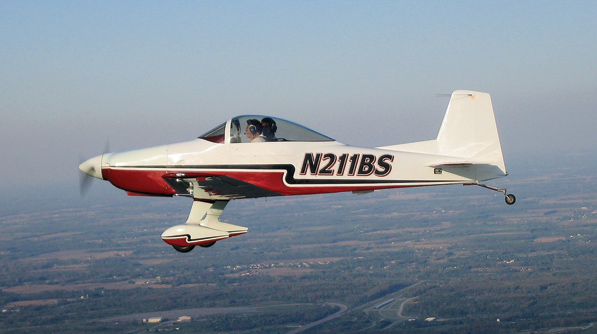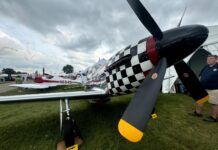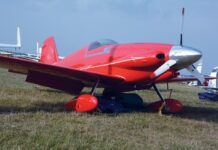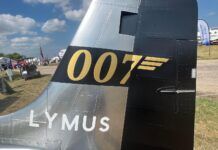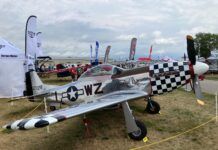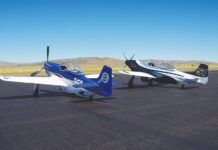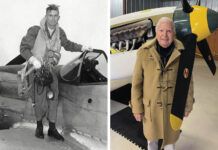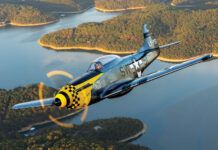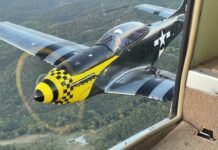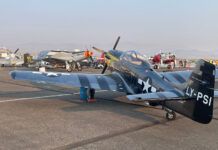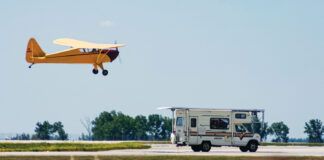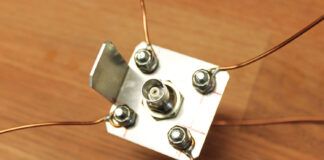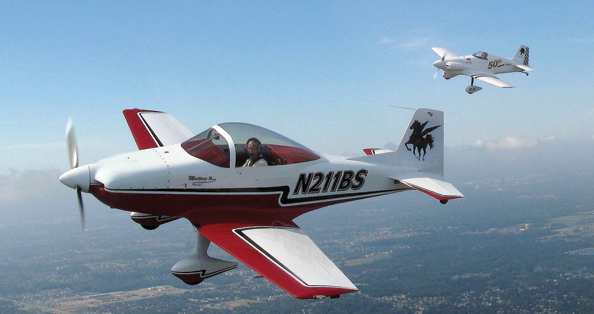
“Some day you’ll run out of parts,”they told him, and eight years later, he did. And after all was said and done, Don Caskey had a beautiful Mustang II to fly around in. You would never guess that this was his first airplane, or that he’s a low-time pilot.
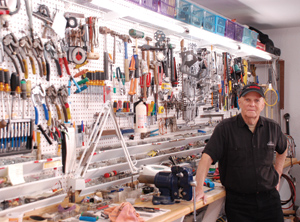
Caskey’s aviation story started with flying lessons way back in the mid-1950s, and then he soloed a Champ in ’58, right before the era of tail fins on cars. Along came family and kids, but he never lost interest in airplanes. In his work life, he was a sheet-metal man, making parts to keep a GM factory going in Detroit. Finally, he retired to Florida, and while there he attended Sun ‘n Fun. That trip sold him on the Mustang II.
A Stable of Mustang IIs
Meanwhile, back at Buckingham Airpark on the Florida Gulf Coast, other Mustang II projects were underway, but all of the builders started on theirs independent of the others. Paul Cox built one from plans, flew it a thousand hours, then started on another one with more fuel capacity. That one has 2600 hours so far. His first was sold to neighbor Glen Scherrer, who rebuilt it and repainted it to his taste. The fourth one was built in two years by a German citizen who has a house at the airpark. During those two years, he spent half of his time in Germany. Another old-timer at the airpark cheated and bought one already flying.
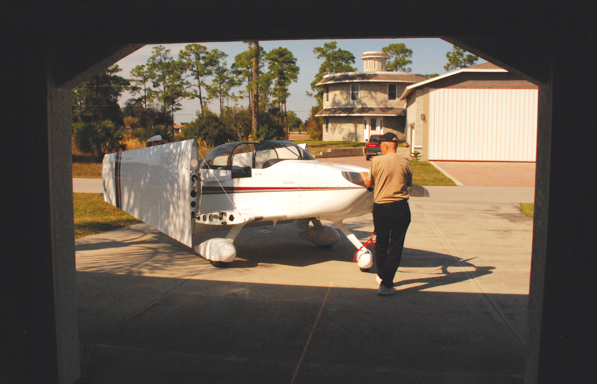
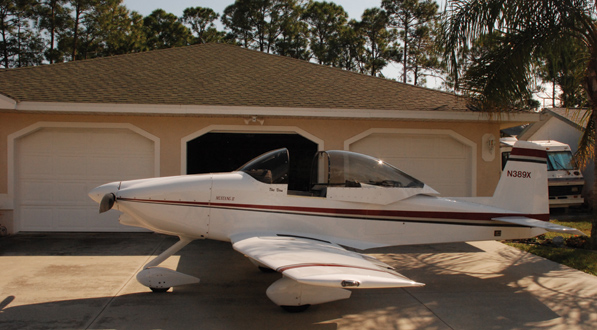
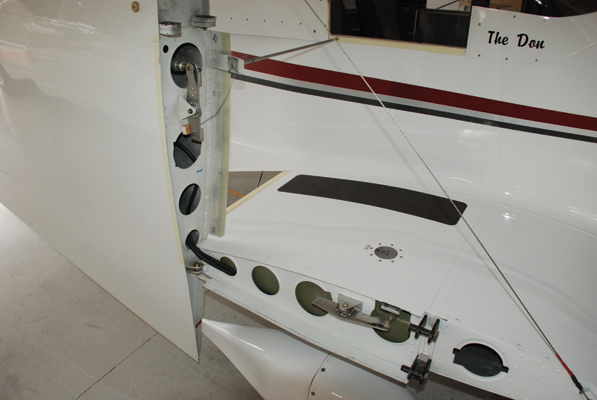
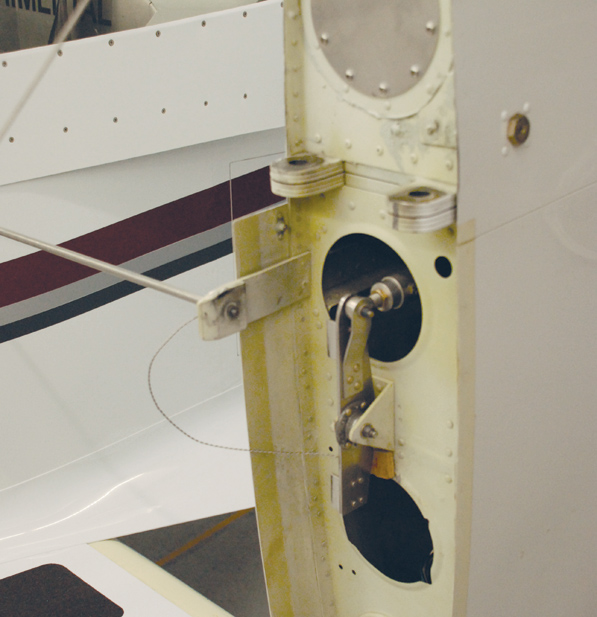
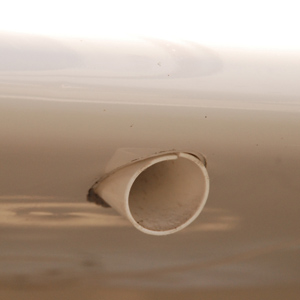
Caskey started with a kit from Mustang Aeronautics, but didn’t let that get in the way of customizing the project. This meant creating a lot of his own parts, sometimes several times, to get them precisely the way he wanted them. And with neighbor Paul Cox around, some of the modifications were beyond the norm.
One of those mods is the engine mount. Because Cox had made two and had the jig, Caskey’s came from the same jig. Many engine mounts have offset to minimize trim changes, to the right for torque and down for power, but this one had neither. Despite having learned to fly in a Champ, Caskey wanted a tricycle gear, but he didn’t like the looks of the factory stock unit based on a Cherokee nosegear. His solution was to install an RV nosegear, adapting it to his engine mount. (It’s now the standard.) The landing gear is Grove aluminum, and it’s 3 inches longer than taildragger maingear to provide clearance for the 74-inch Hartzell blended airfoil propeller.
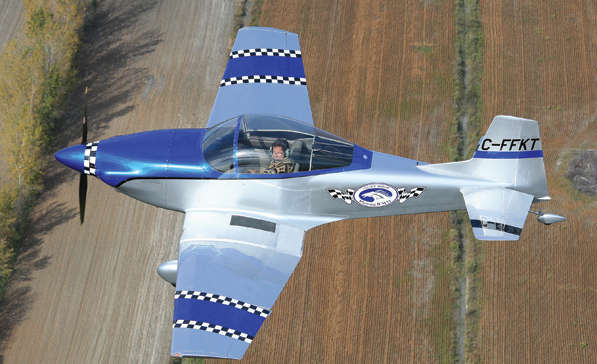
Similarly, Caskey wanted larger maingear wheels for more brake capacity, as some Mustang II brakes won’t hold during runup. The solution was 6.00×6 tires, which required modifying the standard wheelpants. However, that was less of a project than modifying the Sam James cowl, which was designed for an engine mount with offset.
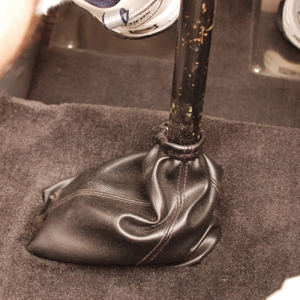
The inboard three panels of the outer wings are wet, carrying 9 gallons per side. In the wingroots, there are two 5.5-gallon tanks, and there is also the stock 25-gallon fuselage tank ahead of the panel. Using transfer pumps means no fuel selector valve, and Caskey values the simplicity. Total fuel capacity is 54 gallons, but as Caskey said, “You’d have to take out a loan to fill ’em all up.” He has not yet used the 9-gallon tanks.
Power, Planted
The consumer of all these dead dinosaurs is a Mattituck IO-360 Experimental engine. Its cooling air comes from a Sam James plenum chamber atop the engine. Behind the engine is the canopy, a T-18 canopy over the passengers but a custom windshield that is curved, not flat like the T-18’s. By the way, Sam James is a regular at Sebring for the Wednesday morning fly-in breakfast that Caskey and others attend.
In addition to the small baggage area behind the seats, Caskey added another of Cox’s modifications, a baggage area on the left half of the plane. Above the door is a storage area for the canopy cover, and on the aft end of the baggage compartment is a plexiglass window for quick inspections of the tail cone.
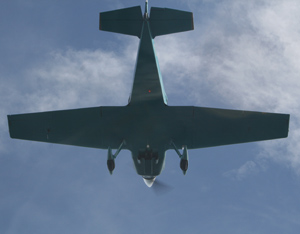
Caskey says that there are “supposed to be 15,000 rivets in a Mustang II, but I don’t know who’s counting.” The plans give the option of using 1⁄8-inch rivets or using twice as many 3⁄32 rivets, and that’s what he chose to do.
Caskey admits to being a “tinkerer,” but that term seems derogatory when applied to the quality of the work he does. He’s now on his third instrument panel, for example. Other upgrades include Whelen LED landing lights with wig-wag and LED wingtip strobes.
When the time came to paint the plane, that task was accomplished in a neighbor’s hangar with Caskey assisting. Rather than a super-fancy paint application, Caskey chose Alumigrip because he wanted something durable and repairable. This was part of his philosophy of making the airplane utilitarian, so he could reach everything and work on everything.
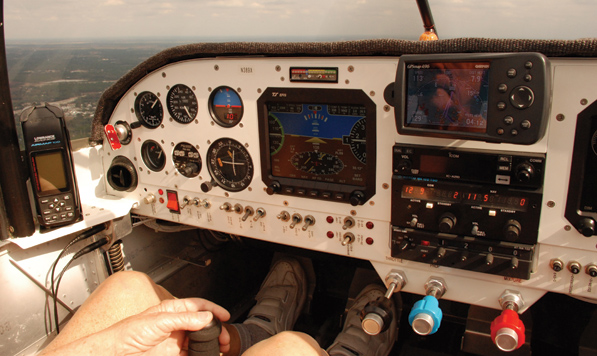
Being Neighborly
Part of the character of the Buckingham Airpark is the camaraderie and the way the members work together. They maintain their own roads and the gate to the runway, for example. Caskey says that he has made “a lot, and I mean a lot, of aluminum parts for other people’s airplanes.” The morning I was visiting, a dozen men came by for coffee and pastries, and absolutely 100% true airplane stories before they headed off to embrace the day. Several women came by to visit Caskey’s wife, Rose. We somehow missed the every-evening happy hour in another man’s hangar. And at all times, they were polite and never used the “S word,” something I remembered when I got home to Iowa and had to remove 10 inches of cold, white snow from the driveway.
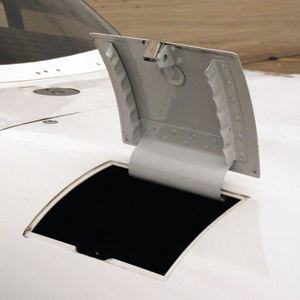
While he was building the plane, Caskey continued to bum rides with everybody at the airpark, and restarted lessons in a Tomahawk. Then he flew with Cox in his Mustang II before flying his own ship. Caskey’s longest trip to date has been northeast across the state to Spruce Creek Airpark, just outside of Daytona Beach, but he’ll do a long trip when he’s ready. He’s motorcycled across the U.S., and his wife enjoys flying with him in the Mustang II.
Down the Driveway, Up the Street and Into the Air
After a pleasant morning of gab, it was time to wheel the Mustang II out of the garage, unfold the wings, and taxi out to the runway. Up close, the airplane is gorgeous, but it seems almost petite. Caskey relates that the taildragger version, being lower to the ground, seems even smaller.
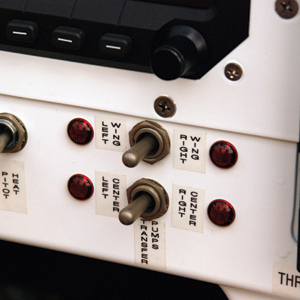
As this was the first flight after an oil change, Caskey had warmed up the engine previously to make sure there were no leaks. Using the hot-start procedure, the engine spooled right up, and he taxied us through the neighborhood, occasionally calling out his position on the radio to avoid a head-on confrontation. Then he pulled out a garage door opener, and as we turned the next corner, a long gate across the taxiway was mostly opened. The pavement at Buckingham started life as a parking ramp for B-17s, and approximates three sides of an octagon. The “real” runways and taxiways are long gone, and the new runway is 4000 feet long, one end of the third of an octagon. The pavement is a whopping 400 feet wide, with taxiways painted on either side. One curious effect is that, landing at night, the runway edge lights are a long ways off to either side.
In addition to the wide part of the runway, there is a little stub that lengthens the runway to a full 4000 feet. After performing the customary runup, Caskey taxied to the end of the stub, did a 180, and we were off. With all that power and a constant-speed prop, 9 seconds got us to 55 knots indicated as we broke ground. We got out of Dodge in a hurry, and the climb rate was indicated as a satisfying 1500 feet per minute.
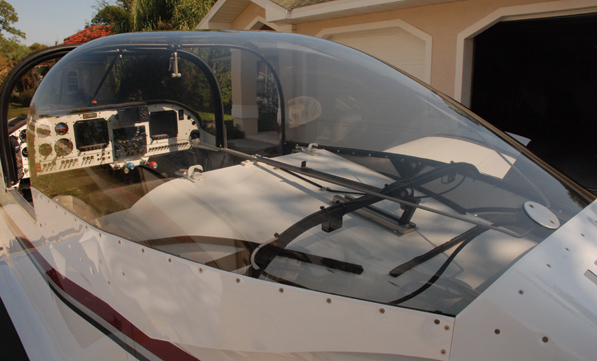
What’s in the Box
The Deluxe Kit contains the complete kit with all of the quickbuild options: finished wet wings, 11-gallon header tank (with capacitance probe, 47 gallons total in three tanks), engine mount (Dynafocal for Lycoming), wheels and brakes (with dual brakes, remote reservoir, and mounted tires), James “Holy Cowl” and cooling plenum (with round inlet inserts; injected or carb version), fiberglass parts (wingtips, tail tips, wheelpants, wingroot fillets), T-18 canopy and crating charges.
—E.W.
Caskey reports that at 2400 rpm and 24 inches of manifold pressure, he gets true airspeeds of 152 knots at 2500 feet, and 172 knots at 7500 feet. We saw 159 knots at 3200 feet, with the 180-hp Mattituck IO-360 engine burning 9 gallons per hour.
The Mustang II was comfortable, with good headroom, but I would have preferred that the control stick be a couple of inches aft. I’m of relatively normal size and Caskey is not as large, so we had good shoulder room. The fuselage is 40 inches wide, but 1.5 inches are taken up with structure. The fuselage can be widened to 42 inches during the build.
In flight, the control pressures were light to moderate, which is appropriate for a sport plane. A 2 G turn required 6 to 7 pounds of control pressure, apt for a sport cruiser. Although the Mustang II is advertised as “fully aerobatic,” the low drag and laminar airfoil didn’t seem completely suited for those just learning the craft. We didn’t roll this one, but I can imagine that many a skilled pilot would enjoy that maneuver.
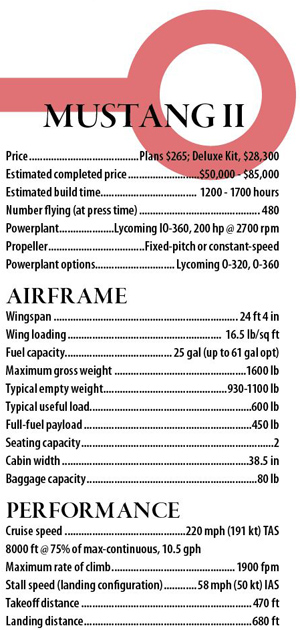
One refreshing aspect of flying with Caskey is that he is aware of and flies within his skill set. For example, going into Venice, Florida, for lunch, he chose to circle and let three slower airplanes clear the pattern before he made his approach. “I have to watch it because I can run these people over,” he said. Despite having a fast airplane, Caskey says, “I’m 75 and don’t have anything to prove. I’m mellow.”
One notch of flaps can go in any time, and we were showing 110 knots downwind. Turning final, we showed 105 knots, and Caskey tugged on the second, then third notches of flaps before the tires gently kissed the pavement at 80 knots. The constant-speed prop made it easy to get additional drag at any time during the approach, but especially on final.
Caskey let me do the takeoff from Venice. I rotated at 55 knots and went to a gentle nose-up attitude, easy to do after a little stick time on the flight down, and there was no tendency to over-control. Holding 110 knots, we saw 1500 fpm of climb at full throttle.
I tried a rudder doublet, pushing right and then left rudder, and it damped in one and a half cycles, indicating excellent yaw stability for a low-wing airplane. This should make for a good ride in turbulence, especially on a long cross-country, with minimal tail wagging.
Another handling test is Dutch rolls, which involve slowly rolling the plane left and right while keeping the heading constant with the rudder. Those went well enough, but the light turbulence prohibited a good evaluation. Both left and right rudder made the nose want to drop, and many airplanes have similar rudder/pitch interaction.
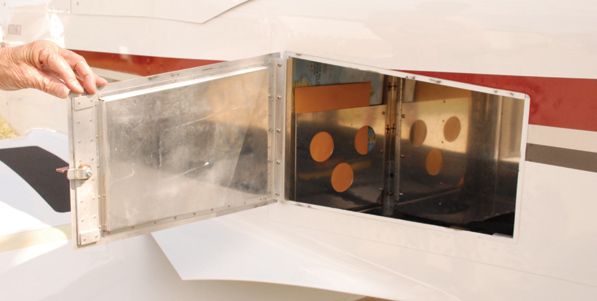
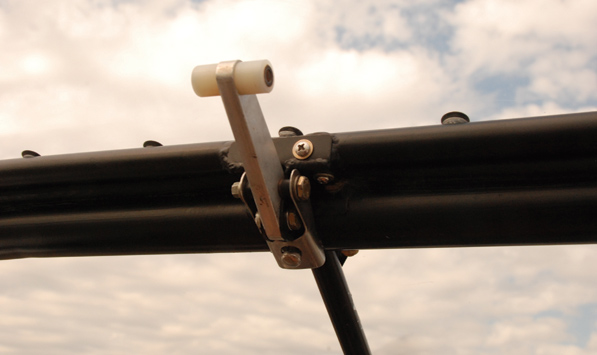
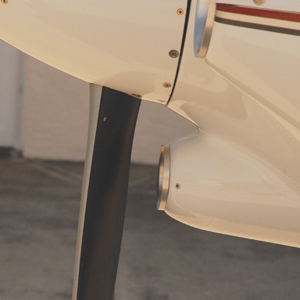
Trimmed for 100 knots, slowing to 90 knots took a 1- or 2-pound pull—light but still positively stable. This indicates that on final approach, the attitude and the airspeed indicator will be your good friends.
Stalls were next. The Mustang II wing has 2.5° of washout (twist), so that the wingroot stalls first. That 2.5° is a half degree more than I’ve seen on any other airplane. Both power-on and power-off stalls were announced by a light wing buffet before falling off on the left wing, even with the ball carefully centered. I lowered the nose to regain airspeed, then started the nose back up and got buffet warning of a secondary stall. This characteristic is not common in light planes, but a Mustang II checkout should cover all the bases. Caskey is, in fact, looking for a CFI to teach him all corners of the flight envelope.
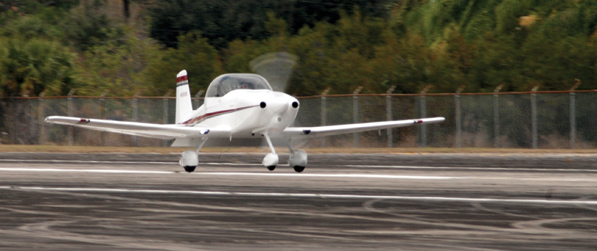
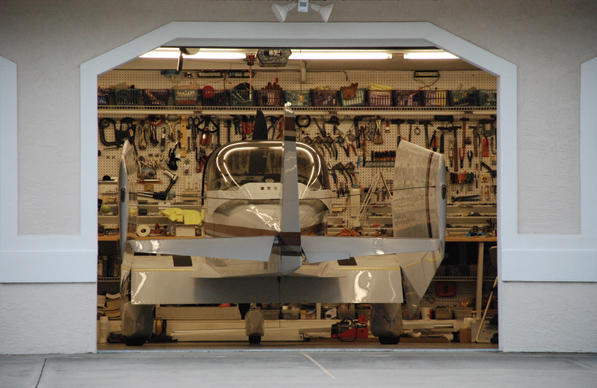
How Sweet It Is
We were all too soon back to the airpark. Caskey let me out, and then he flew several laps around the pattern for the camera. Then it was back down the streets and up the driveway, fold the wings, and put the plane back into the garage. Life is sweet with a beautiful, fast, good-flying airplane in a neighborhood of friends—especially friends with airplanes.
For more information, call 248-649-6818 or visit www.mustangaero.com.
img class=”aligncenter” src=”https://s28490.pcdn.co/wp-content/uploads/2019/05/mustang-view.jpg” width=”843″ height=”565″ />
